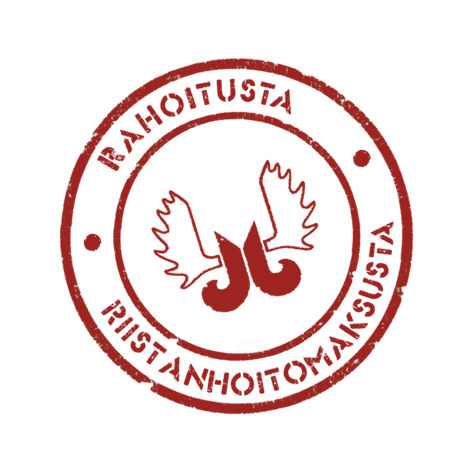Innovation, design and strategy play an important role in the age of disruption as we embrace the discomfort of current market conditions. We need to develop new ideas and experiences to support a sustainable lifestyle including not only the technological possibilities but also the social and environmental changes in the global markets. Change in mundane tasks such as how we travel from one place to another, or what, how and with whom we eat is subtle but evident.

Trends such as ecological, ethically and locally produced food as well as food waste reduction have received a lot of attention in the media recently. Finland was ranked fourth in the Food Sustainability Index among high-income countries in 2018, by The Economist Intelligence unit. Overall, we are doing well, but could still do better. Despite the growing number of e.g. food circles, customers’ preferences are not currently met with existing agricultural producer structures, distribution and marketing channels.
This is the case especially for urban clean eat customers, who lack direct channels to agricultural producers. For hotels, restaurants, and catering professionals ordering local ingredients should be easier, but even for them it is not self-evident how to get access to seasonal delicacies such as fresh local game meat (e.g. white-tailed deer, moose, and mountain hare). Simultaneously with the growing demands for clean eat products, rural livelihood faces severe challenges, as traditional business opportunities for actors in regional settings are scarce.
Disrupting the food market
We explored hotel, restaurant, and café professionals’ opinions in Finland and let them ideate how they would like to order game meat in the future, in a scenario where anything was possible. Restaurants would like to provide unique tastes and dining experiences for their consumers and tell stories of the origin of the ingredients from the local wild nature. Trust in the food trail could be built by e.g. taking part in the process themselves more actively than they do at the moment. 79% of respondents indicated that they would serve game meat in their restaurant in the future, if its’ purchase was easier and delivery quicker.

There is demand and many are interested in disrupting the process how game meat is ordered and delivered to restaurants to make it quicker. The main problem seems to be that the supply and demand do not yet meet in an optimal way. The next research aim is to explore the hunting associations’ view in the matter. Development of education, communication about policies and regulations, and labeling development needs are also covered by our research collaboration partners Novia UAS and University of Turku.
Experience matters
When discussing the topic with Italians during my research visit at the University of Rome, the first impression was that Italians as consumers might be more focused on evaluating the taste of a meal than the sustainability of the ingredients. To experiment further, I facilitated a workshop in Rome, and conclude here with a few individual examples that caught my attention: Some of the Finnish restaurant professionals were worried about that their typical lunch customers would not like the taste of game meat and their sales would go down. However, at least Italian tourists’ idea of an ideal meal was that they would get to explore new tastes and textures in Finland, such that they cannot eat in Italy. Thus, targeting the right audience and expectations management are important.
Furthermore, Finns are proud of their clean forests and would like to offer tourists an opportunity to experience the wild where the ingredients come from. An Italian group, on the other hand, likes the idea of exploration but worries that it might be -30 degrees or they might get lost in the woods, and would like to experience the origin of ingredients via a video. In addition, they wondered what the white-tailed deer might have eaten in the forest, and would like to ensure that there are not any toxins or additives in the meat. Interesting! At the end of the day, similarities between expectations were also identified; they posit opportunities for food innovation.
Ripple effects
Innovations can be focused on one area of food technology, for example how to process meat, packaging, food qualities, or consumer needs; but ripples spread causing changes in other parts of the food system, in consumer eating patterns, and in general other social and cultural areas. Food industry innovation strategies need to be based on the food system in whole, to produce food and experiences that satisfy the nutritional, personal and social needs and wants of the network of actors, locally, globally, or both.
 Further reading
Further reading
-
Hanken’s Food Innovation Project: Entrepreneurial Collaborative Models – The Path to Revitalizing Rural Livelihood https://www.hanken.fi/en/about-hanken/organisation/departments-and-subjects/department-marketing/cers/research-projects/food
-
Pura M., Liewendahl H., Fred M. (2019) ”Viltkött direkt från jägarna? Riistanlihaa suoraan metsästäjältä? Kartläggning av flaskhalsar i inköpsprocessen i HoReCa sektorn i Finland” Novia Publikation och produktion, serie R: Rapporter (Forthcoming), Vasa, Finland.
-
The Economist (2019) Fixing Food 2018: Best Practices Towards the Sustainable Development Goals http://foodsustainability.eiu.com/whitepaper-2018
Affiliated Researcher
Images: Sebastian Unrau / Unsplash, Minna Pura
